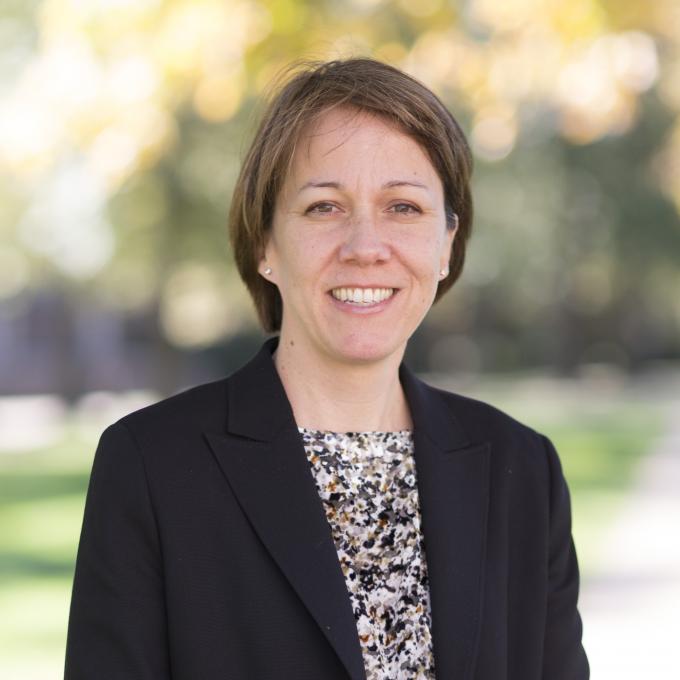Easy Methods To Get (A) Fabulous Benefits Of OER On A Tight Funds
조회 수 11 추천 수 0 2020.07.17 16:16:56What these 2 terms refer to is carefully related to each other, frequently equivalent. For instance, Weller (2013) specifies open pedagogy as follows: "Open pedagogy makes use of this abundant, open content (such as open academic resources, videos, podcasts), but also places a focus on the network and the student's connections within this".
They also include the creation, usage and repurposing of Open Educational Resources (OER) and their adjustment to the contextual setting. (The Open Educational Quality Effort). Should you loved this article and you wish to receive more info concerning click the next web page generously visit our own web page. Wiley & Hilton (2018) proposed a new term called "OER-enabled pedagogy", which is specified as "the set of mentor and learning practices that are just possible or practical in the context of the 5R permissions which are particular of OER", emphasizing the 5R permissions made it possible for by the use of open licenses.
Should you loved this article and you wish to receive more info concerning click the next web page generously visit our own web page. Wiley & Hilton (2018) proposed a new term called "OER-enabled pedagogy", which is specified as "the set of mentor and learning practices that are just possible or practical in the context of the 5R permissions which are particular of OER", emphasizing the 5R permissions made it possible for by the use of open licenses.
While OER seem well put to bring down total expenditures, they are not cost-free. New OER can be assembled or simply recycled or repurposed from existing open resources. This is a main strength of OER and, as such, can produce major expense savings. OER need not be produced from scratch.
And some OER should be produced and produced initially at a long time. While OER needs to be hosted and disseminated, and some require funding, OER development can take various routes, such as creation, adoption, adjustment and curation. Each of these designs provides various cost structure and degree of cost-efficiency. In advance expenses in developing the OER facilities can be expensive, such as developing the OER facilities.
Each of these designs provides various cost structure and degree of cost-efficiency. In advance expenses in developing the OER facilities can be expensive, such as developing the OER facilities.
Nevertheless, to date there has actually been restricted presentation of concrete information to back up this assertion, which lowers the effectiveness of such arguments and opens the OER motion to warranted scholastic criticism." A big part of the early work on open academic resources was funded by universities and foundations such as the William and Plants Hewlett Structure, which was the main monetary supporter of open academic resources in the early years and has spent more than $110 million in the 2002 to 2010 period, of which more than $14 million went to MIT.
With the British federal government contributing 5.7 m, institutional assistance has actually likewise been provided by the UK funding bodies JISC and HEFCE. United Nations Educational, Scientific and Cultural Company (UNESCO) is taking a leading function in "making countries familiar with the capacity of OER." The organisation has actually initiated argument on how to use OERs in practice and chaired brilliant discussions on this matter through its International Institute of Educational Preparation (IIEP). [] Thinking that OERs can expand access to quality education, especially when shared by numerous nations and college institutions, UNESCO likewise champions OERs as a method of promoting access, equity and quality in the spirit of the Universal Declaration of Human Rights.
SkillsCommons was developed in 2012 under the California State University Chancellor's Workplace and funded through the $2 billion U.S. Department of Labor's TAACCCT initiative. Led by Assistant Vice Chancellor, Gerard Hanley, and imitated sister job, RED WINE, SkillsCommons open labor force advancement content was developed and vetted by 700 neighborhood colleges and other TAACCCT institutions throughout the United States.
A parallel initiative, OpenStax CNX (previously Connexions), came out of Rice University starting in 1999. In the beginning, the Connexions task focused on creating an open repository of user-generated material. In contrast to the OCW projects, content licenses are needed to be open under a Innovative Commons Attribution International 4.0 (CC BY) license.
In 2012, OpenStax was produced from the basis of the Connexions task. In contrast to user-generated content libraries, OpenStax hires topic professionals to produce college-level books that are peer-reviewed, openly licensed, and readily available online totally free. Like the material in OpenStax CNX, OpenStax books are available under Creative Commons CC BY licenses that permit users to reuse, remix, and rearrange content as long as they provide attribution.
Other efforts originated from MIT OpenCourseWare are China Open Resources for Education and OpenCourseWare in Japan. The OpenCourseWare Consortium, founded in 2005 to extend the reach and impact of open course products and foster new open course products, counted more than 200 member institutions from worldwide in 2009.
The OER4Schools project focusses on using Open Educational Resources in instructor education in sub-Saharan Africa. Wikiwijs (the Netherlands), was a program meant to promote the use of open instructional resources (OER) in the Dutch education sector; The Open educational resources program (phases one and 2) (UK), funded by HEFCE, the UK College Academy and Joint Details Systems Committee (JISC), which has actually supported pilot projects and activities around the open release of learning resources, totally free usage and repurposing worldwide.
Wikipedia ranks in the top-ten most gone to sites worldwide since 2007. OER Commons was led in 2007 by the Institute for the Research Study of Understanding Management in Education (ISKME), a not-for-profit education research institute committed to innovation in open education material and practices, as a way to aggregate, share, and promote open educational resources to teachers, administrators, moms and dads, and students.
To further promote the sharing of these resources among teachers, in 2008 ISKME released the OER Commons Teacher Training Initiative, which focuses on advancing open academic practices and on structure chances for systemic change in mentor and knowing. Among the very first OER resources for K-12 education is Curriki. A not-for-profit company, Curriki provides a Web site for open source curriculum (OSC) advancement, to offer universal access to complimentary curricula and training materials for students up to the age of 18 (K-12).
Kim Jones works as Curriki's Executive Director. [] In August 2006 WikiEducator was introduced to provide a location for planning education tasks developed on OER, developing and promoting open education resources (OERs), and networking towards funding proposals. Its Wikieducator's Learning4Content project builds skills in the use of MediaWiki and related free software technologies for mass cooperation in the authoring of totally free content and claims to be the world's largest wiki training project for education.
Between 2006 and 2007, as a Transversal Action under the European eLearning Program, the Open e-Learning Content Observatory Provider (OLCOS) task performs a set of activities that aim at fostering the creation, sharing and re-use of Open Educational Resources (OER) in Europe and beyond. The main result of OLCOS was a Roadmap, in order to offer choice makers with an overview of present and likely future developments in OER and suggestions on how different obstacles in OER might be resolved. [] Peer production has actually likewise been used in producing collective open education resources (OERs).





